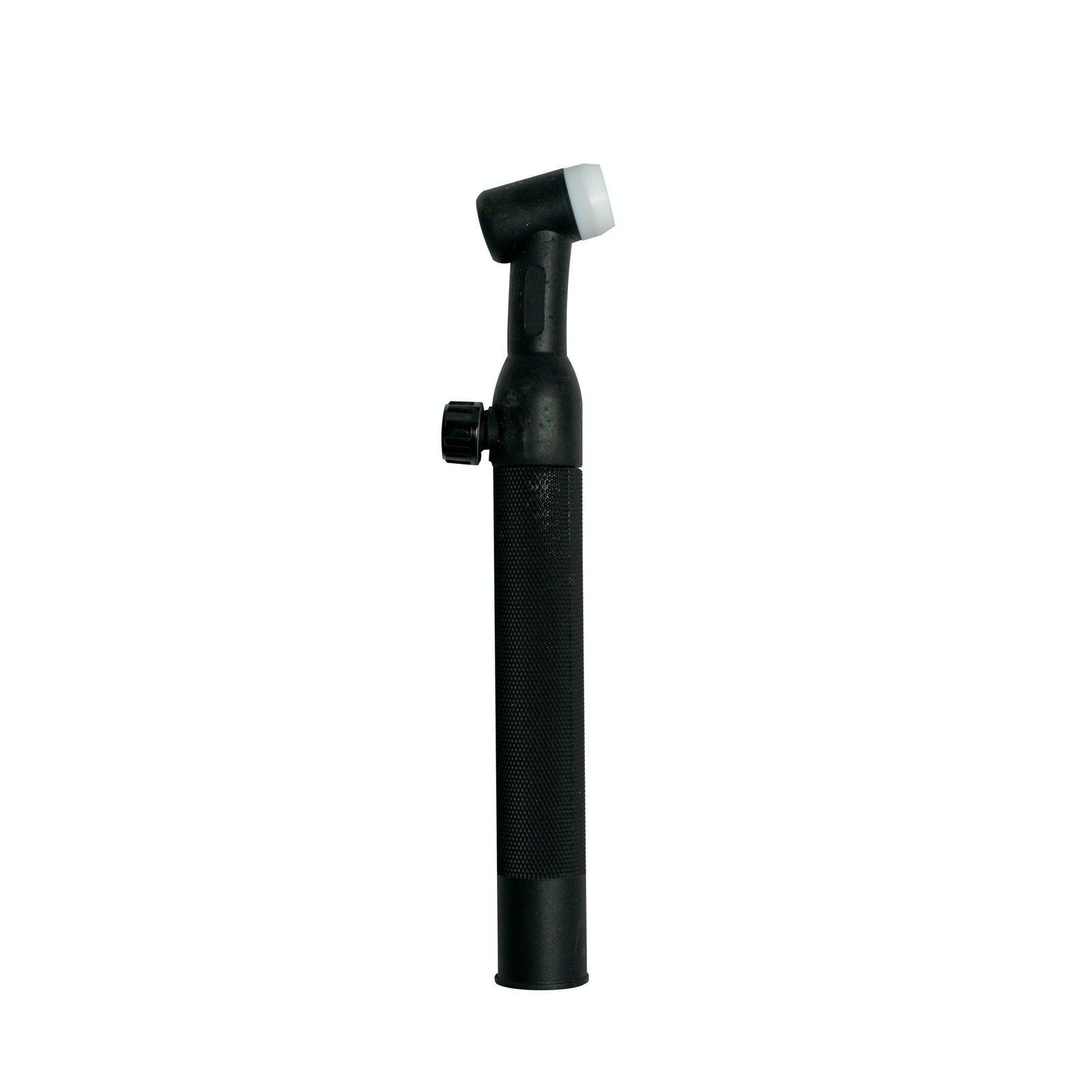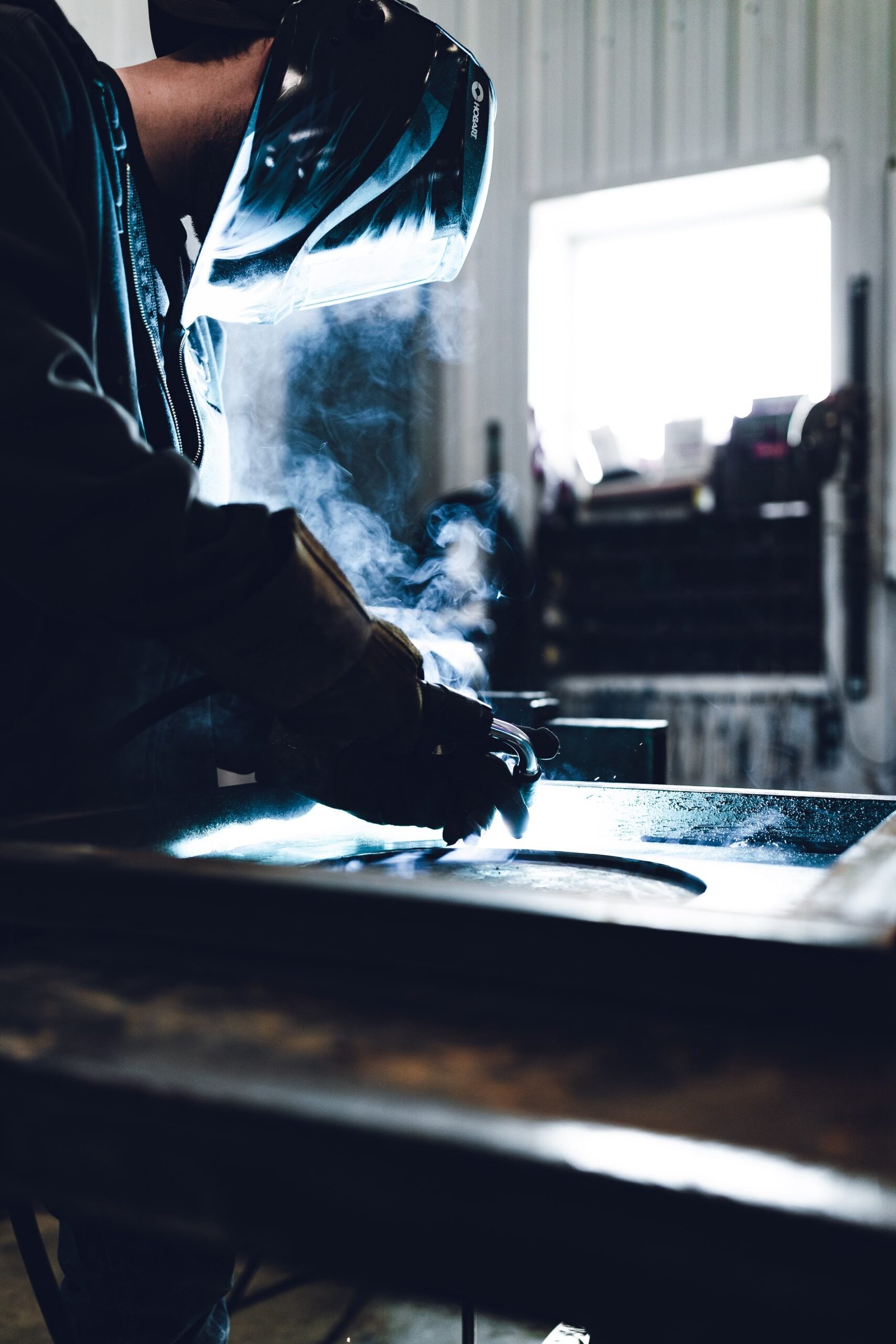Miller welding machines are renowned for their high-quality performance and reliability in the welding industry. Whether you are a professional welder or a hobbyist, Miller welding machines offer a wide range of options to suit your welding needs. In this article, we will explore what Miller welding machines are and how they work.
What is a Miller Welding Machine?
A Miller welding machine is a type of welding equipment manufactured by Miller Electric, a leading company in the welding industry. Miller Electric has been producing top-notch welding machines since 1929 and has established a strong reputation for their innovative designs and cutting-edge technology.
Miller welding machines are available in various types, including stick welders, MIG welders, TIG welders, and multi-process welders. Each type of machine is designed for specific welding applications, ensuring that welders can choose the right equipment for their projects.
How Does a Miller Welding Machine Work?
Miller welding machines utilize different welding processes depending on the type of machine. Let’s take a closer look at the three most common welding processes used in Miller machines:
1. Stick Welding (SMAW)
Stick welding, also known as Shielded Metal Arc Welding (SMAW), is a versatile welding process used for various applications. Miller stick welders, such as the Miller Thunderbolt series, use an electric current to create an arc between the welding electrode (stick) and the workpiece. The arc melts the electrode, creating a weld pool that solidifies to form a strong bond between the materials.
Stick welding is commonly used in construction, maintenance, and repair projects, as it can be performed in outdoor environments and on different types of metals.
2. MIG Welding (GMAW)
MIG welding, also known as Gas Metal Arc Welding (GMAW), is a popular welding process due to its ease of use and high welding speed. Miller MIG welders, such as the Millermatic series, utilize a wire electrode that is continuously fed through the welding gun. The wire electrode melts and combines with the workpiece, creating a strong weld joint.
MIG welding is widely used in automotive, fabrication, and manufacturing industries, as it allows for efficient and precise welding on a variety of materials.
3. TIG Welding (GTAW)
TIG welding, also known as Gas Tungsten Arc Welding (GTAW), is a precise welding process that produces high-quality welds. Miller TIG welders, such as the Miller Diversion series, use a non-consumable tungsten electrode to create an arc between the electrode and the workpiece. A separate filler metal may be added to the weld pool if necessary.
TIG welding is commonly used in aerospace, automotive, and artistic applications, as it provides excellent control over the welding process and produces clean, aesthetically pleasing welds.
Advantages of Miller Welding Machines
Miller welding machines offer several advantages that make them a preferred choice among welders:
- Reliability: Miller Electric is known for manufacturing durable and long-lasting welding machines.
- Advanced Technology: Miller machines incorporate innovative features and technologies to enhance welding performance and efficiency.
- Versatility: Miller offers a wide range of welding machines suitable for various welding processes and applications.
- User-Friendly: Miller machines are designed with user convenience in mind, making them easy to set up and operate.
- Support and Service: Miller Electric provides excellent customer support and service, ensuring that welders can rely on their machines for years to come.
In conclusion, Miller welding machines are highly regarded in the welding industry for their exceptional performance and reliability. Whether you need a stick welder, MIG welder, or TIG welder, Miller Electric offers a diverse range of machines to meet your welding needs. By understanding how Miller welding machines work and their advantages, you can make an informed decision when choosing the right welding equipment for your projects.


